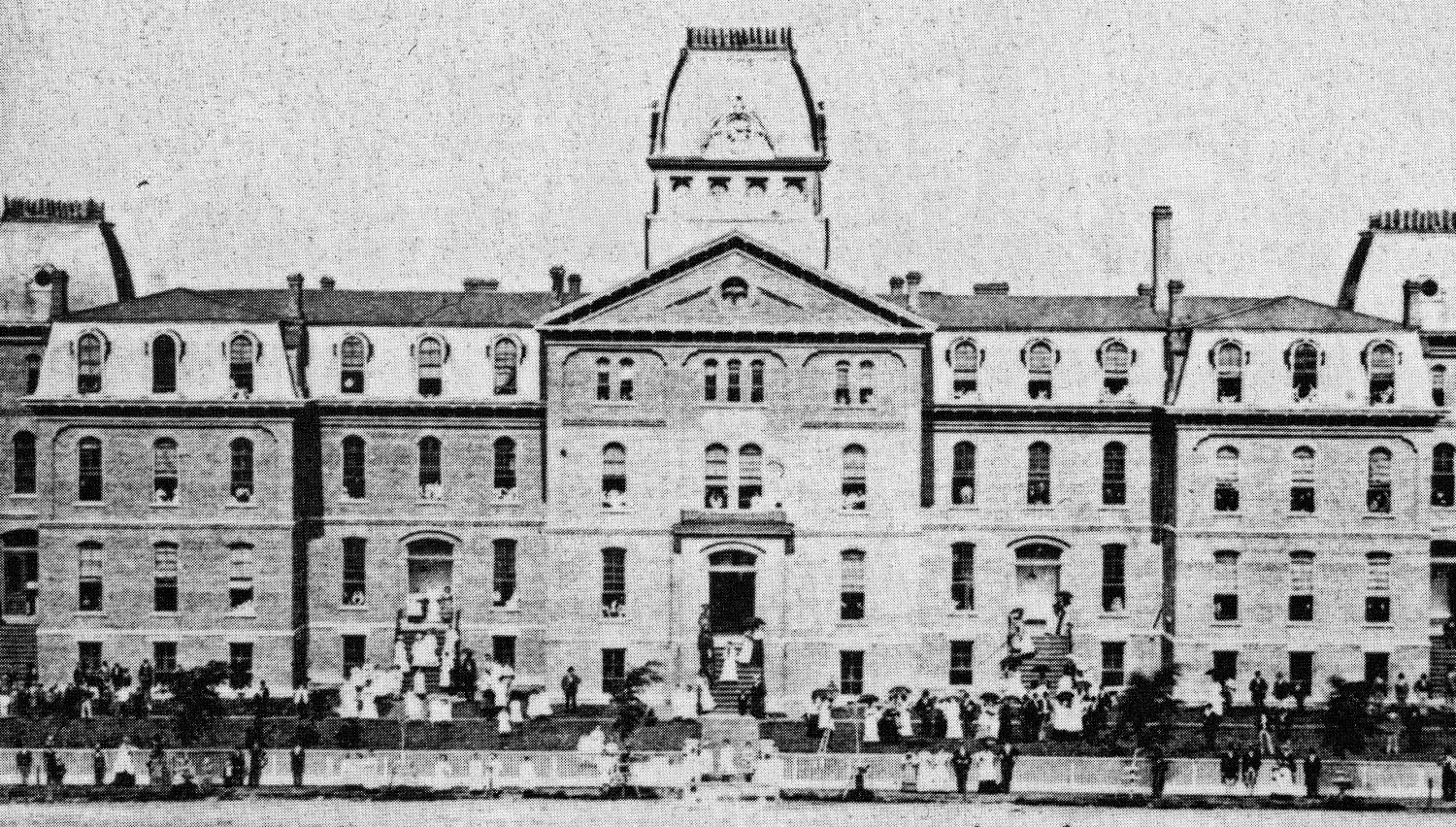Lake of Betrayal, a national public television documentary which explores the history of Kinzua Dam on the Allegheny River in Warren, Pennsylvania and its impact on the Seneca Indians whose lands were taken for the reservoir and floodplain, will be given a theatrical screening on Wednesday, November 15, at 7pm in the Geneseo Riviera Theatre. The documentary film is being broadcast on PBS stations nationwide this November for Native American Heritage Month.
Paul Lamont, the film’s director, says “Lake of Betrayal looks at how Kinzua Dam so drastically affected the Senecas’ way of life, and it examines the hidden agenda and political debts behind the United States government’s abrogation of the Canandaigua Treaty of 1794 which had guaranteed the Seneca Nation the free use and enjoyment of its lands, forever.”
The Senecas lost more than 10,000 acres, one-third of their treaty-protected land on the Allegany Territory and all of the adjacent Cornplanter Tract which had been given by the State of Pennsylvania to Chief Cornplanter and his descendent, most inundated by the Allegheny Reservoir after construction of Kinzua Dam was completed in 1965. The project forced the removal of more than 130 Seneca families from their homes and their properties and resulted in the destruction of many communities and towns along the upper Allegheny River.
Lamont says he first learned about the history of Kinzua Dam in 1990 while he was working on the national PBS documentary Honorable Nations and that the 50th-year remembrances in 2014 presented an opportune time to look at bringing this story to a national audience.
Lake of Betrayal is set against a backdrop of the post-WWII federal policy known as Indian termination which attempted to assimilate all Native Americans into mainstream society. Between 1945 and 1960, more than 100 tribes were terminated and members of terminated tribes were stripped of their federal recognition as Native Americans and forced to give up everything that identified them as anything other than full U.S. citizens.
“The Seneca were also slated for termination,” says the film’s producer, Scott Sackett. “In their settlement agreement with the U.S. government for Kinzua Dam, there was a rider clause that required they be terminated by 1967.” He says, “Lake of Betrayal takes a long view of how the Seneca people responded to and overcame this tragedy 50 years ago, and it also raises pressing questions about mainstream America’s beliefs and attitudes about Native Americans that are relevant today.”
Lamont adds that not only is the film timely, it was important to capture the stories of those who can recall life before the dam was built. “Seneca elders speak of Kinzua through a raw mixture of anger and tears,” he says, “and with each generation, the memory fades a little more as countless younger Seneca feel little or no connection to the profound sense of loss that their elders felt.”
Sackett says, “We wanted to preserve this defining moment in Seneca history, as told by those who experienced it, before their stories were lost.” Sackett recalled the response one young Seneca had after seeing Lake of Betrayal at a recent screening on the Seneca Nation’s Allegany Territory. “He told Paul and me that he had heard about Kinzua Dam but the elders rarely spoke of it and it really didn’t mean much to him; he said he couldn’t really relate until he saw our film. Tears began to well up and he just thanked us saying now he understands.”
“The tragedy of Kinzua is not simply that the United States broke its promise to the Seneca Nation,” says Lamont, “but that there is a genuine concern that without vigilance, something like his could happen again to threaten Seneca sovereignty.”
Following the screening there will be an audience discussion with the filmmakers. This screening, sponsored by SUNY Geneseo, is free and open to the public.

